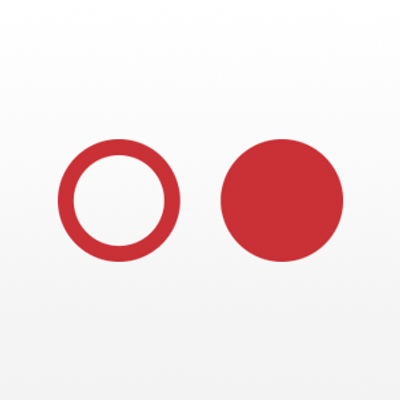The Bitovi design team recently gathered for a retreat in Miami, FL. During our many discussions between flooded hotel beds and broken escape rooms (it was an eventful week), the question arose: "what is design?"
Subscribe
Get our best content on how to build better apps.
Subscribe
Get our best content on how to build better apps.
Got product development questions?
Join us on
Discord
How to Provide Valuable Product Design Feedback
At Bitovi, receiving feedback and iterating on design work is integral to our daily operations. Collaboration is essential to improve our work, whether we're performing an internal review amongst our designers or discussing projects with clients.

Michel Velis
Four Tips for Working with Remote Product Design Teams
Teamwork makes the dream work! But in this new age of remote work, how can creative teams collaborate to make their dreams work when they’re spread out across continents and various time zones? At Bitovi, we’re experts when it comes to working remotely, and we can help your product design teams level up in this arena.
Eileen T. Ward
The Form & Function of Product Design
Product design is a necessary part of the product development process. Although design might necessitate some level of creativity and an understanding of visual arts, design and art are not synonymous. Where arts are meant to express, designs are meant to function. This post explains the basics of creating a high quality product design.
Eileen T. Ward
Use Flexbox to Create a Sticky Header & Sidebar with Flexible Content
The redesign of the CanJS website required a way to create a fixed header and a fixed flexible sidebar that adjusts its width based on its content. The main content container also needed to flex to accommodate more (or less) sidebar content.
Here's a layout hack using Flexbox for creating your own HTML template with:

Luca Wistendahl
How to Think About and Build Design Systems
Establishing a Design System improves the quality of a product for the people creating and maintaining it and offers the end-user a better experience. While building a Design System prior to creating a product is the best approach, you may find yourself in the position of having to create one retroactively. Instead of having made documented design decisions prior to development, you have to identify existing patterns and consider how best to standardize them.

Wade Harkins
Unlocking Sketch metadata: find symbols across files using sketchtool CLI, Bash, and JSON
Have you ever had the daunting task of checking whether developers coded a component (e.g., button, checkbox, alert) according to spec and needed to find ALL instances of that component in a huge collection of pages in an unfamiliar design system? Let’s say you have a spec for an alert banner (component/symbol). You know what it’s supposed to look like. But now, you need to find every single page or modal that alert appears on, how to navigate to it, and what conditions cause it to appear, so you can check that all instances are coded to spec. Gulp! You definitely don’t want to open file after file of page-level specs/comps, search multiple pages and artboards, in a slow tedious hunt for that elusive little component, especially if there are 100+ files and hundreds of artboards in your design system. This is the dilemma I faced on a recent project.

The Bitovi Team
Creating a design system with Storybook
Application + style guide = smart buy
A recent project called for the creation of a single page site that would showcase a real estate agent’s expertise, sales history, professional connections, and various other impressive attributes. Pages would be generated using a fill-in-the-blank template. Eventually, two additional real estate agencies affiliated with our client would make their own versions of the page, identical in function, but with slight changes in styling and content. Future brand-specific styling variations would need to be documented somewhere, so Bitovi offered to provide a fill-in-the-blank re-usable style guide to go along with the template page. Both the template and the style guide could be cloned and restyled as many times as desired. Hence, our client bought themselves a cookie cutter vs. paying for one cookie at a time.

The Bitovi Team
Prepare for Anything with GSAP
Learn how and why GreenSock became our animation pick
Feeling uncertain about how to add animation to a Web site or single page app? We’ve been in the same boat. There are plenty of CSS and JS animation frameworks available, ranging from free and easy (but limited and inflexible) to steeper learning curve, robust, can-do-almost-anything paid options. None are necessarily a “bad” choice, but you definitely don’t want to make a choice and find out later it can’t do everything you need, then have to start over with something new (losing valuable project time and developer resources, maybe even client confidence).

The Bitovi Team

